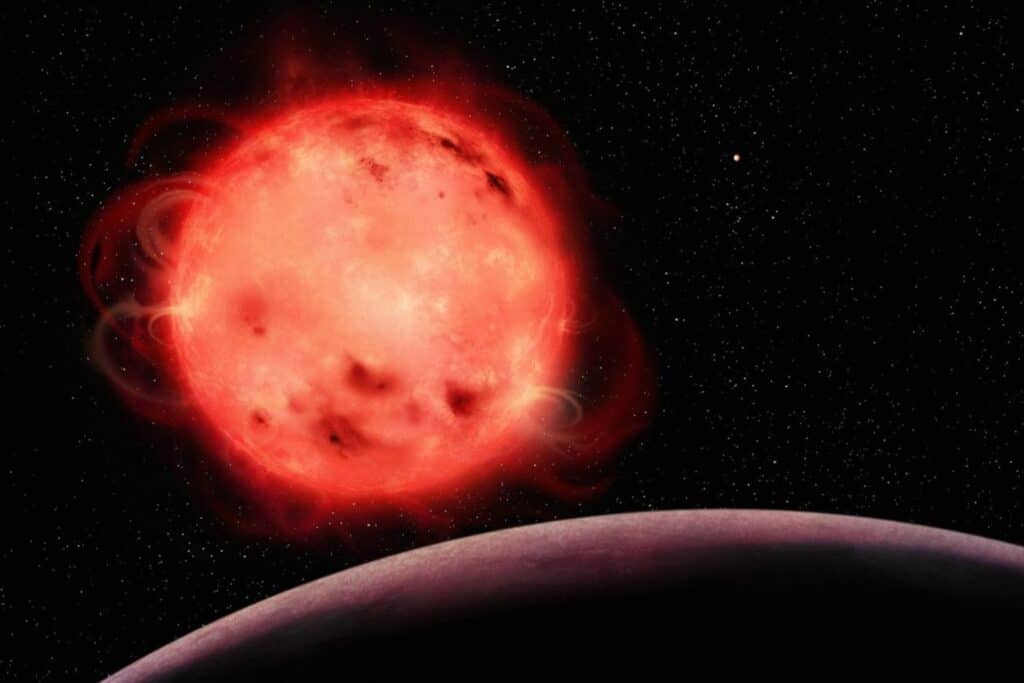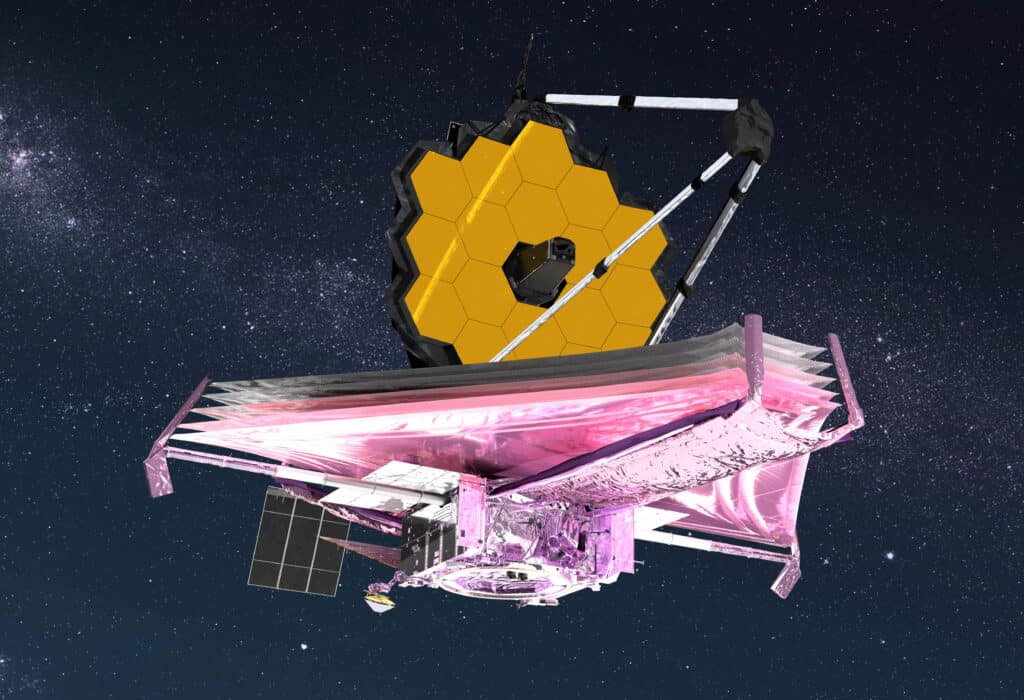TRAPPIST-1, a system with seven Earth-sized rocky planets orbiting a Jupiter-sized red dwarf star, is an ideal target for studying exoplanetary atmospheres. Recent observations have provided the first transmission spectra using the James Webb Space Telescope (JWST) focused on TRAPPIST-1. This data provides valuable information about how a material interacts with light.
Astronomers aim to characterize and discover properties of the Earth-like planets by analyzing transit data when planets eclipse their star. In this critical observational window, a planet’s atmosphere absorbs certain wavelengths of starlight, enabling precise data analysis to unveil the chemical and elemental compositions of these gaseous mediums.
In a study published in the Astrophysical Journal Letters, an international team of astronomers, led by doctoral student Olivia Lim from the University of Montreal’s Trottier Institute for Research on Exoplanets (iREx), sheds light on the challenges and potential of exoplanetary atmosphere spectroscopy. The researchers write that TRAPPIST-1 is an ideal candidate for exoplanetary atmosphere spectroscopy, as its “planets orbit their star in a compact configuration, allowing more transit observations within a given amount of time relative to planets with longer orbital periods.”
However, there are still plenty of obstacles to overcome.
TRAPPIST-1’s star has a history of emitting intense radiation, especially during its early stages. Even now, it emits X-rays at a rate similar to the Sun. Study authors warn: “As an ultracool dwarf, TRAPPIST-1 likely stayed in the pre-main-sequence phase for hundreds of millions of years. During the pre-main-sequence phase, the TRAPPIST-1 planets were subjected to energetic radiation from the star, enhancing atmospheric escape processes.”
This radiation poses a significant threat to the planets’ atmospheres, especially those in close proximity to the star. The insolation and absorbed energy from their parent star could increase the planet’s surface temperature enough to strip away any lightweight elements from their atmosphere.

A secondary challenge in atmosphere characterization are stellar artifacts. These come in various forms, from impurities in the stellar surface via dark spots and luminous faculae, to more prominent flares that can contaminate observational data and increase uncertainties in stellar models. In order to rule to factor these effects from stellar models, astronomers require extensive observation to craft precise theoretical simulations accounting for observational transmission effects.
The initial phase in investigating the possible atmospheres of the TRAPPIST-1 planets involves confirming their existence. Comprehensive observations of each TRAPPIST-1 planet have been conducted using both space-based and ground-based observatories. These studies have confidently ruled out the presence of cloud-free, hydrogen-rich atmospheres.
After processing JWST comprehensive observations, Lim and her team explored a wide array of atmospheric models for TRAPPIST-1b, examining a variety of potential compositions and scenarios. Using the Canadian-made NIRISS instrument aboard the JWST, researchers also measured the brightness of TRAPPIST-1b’s dayside. Results indicate little heat redistribution and suggest the absence of certain atmospheres.
“These are the very first spectroscopic observations of any TRAPPIST-1 planet obtained by the JWST, and we’ve been waiting for them for years” Lim says in a statement. But studying atmospheres on cooler planets in the system, including those in the habitable zone, remains challenging.

Their analysis yielded a confident conclusion: cloud-free, hydrogen-rich atmospheres are definitively absent around TRAPPIST-1b. However, the data did not conclusively dismiss the possibility of thinner atmospheres, such as those composed of pure water, carbon dioxide, or methane, nor did it exclude the prospect of an atmosphere resembling that of Titan, Saturn’s moon, which is the only moon in our Solar System to possess its own atmosphere.
Lim and her team emphasize: “All this underscores the need for more observations to quantify better the impact of stellar contamination at any given epoch and geometrical configuration.”
The results show that they can’t yet be sure about the exact characteristics of the planet’s atmosphere due to limited precision.
This information is valuable for understanding the planet’s history and doesn’t mean other planets in the TRAPPIST-1 system won’t have atmospheres. The researchers encourage continued observations to gain further insights.
“This is just a small subset of many more observations of this unique planetary system yet to come and to be analysed,” adds René Doyon, Principal Investigator of the NIRISS instrument and co-author on the study. “These first observations highlight the power of NIRISS and the JWST in general to probe the thin atmospheres around rocky planets.”











